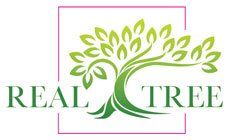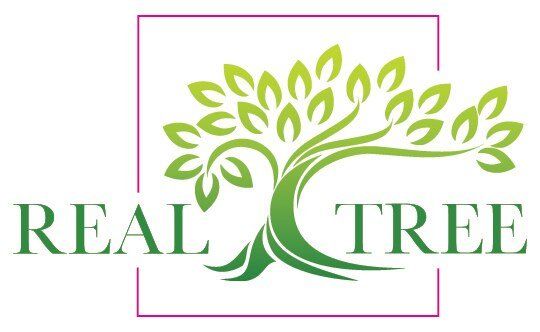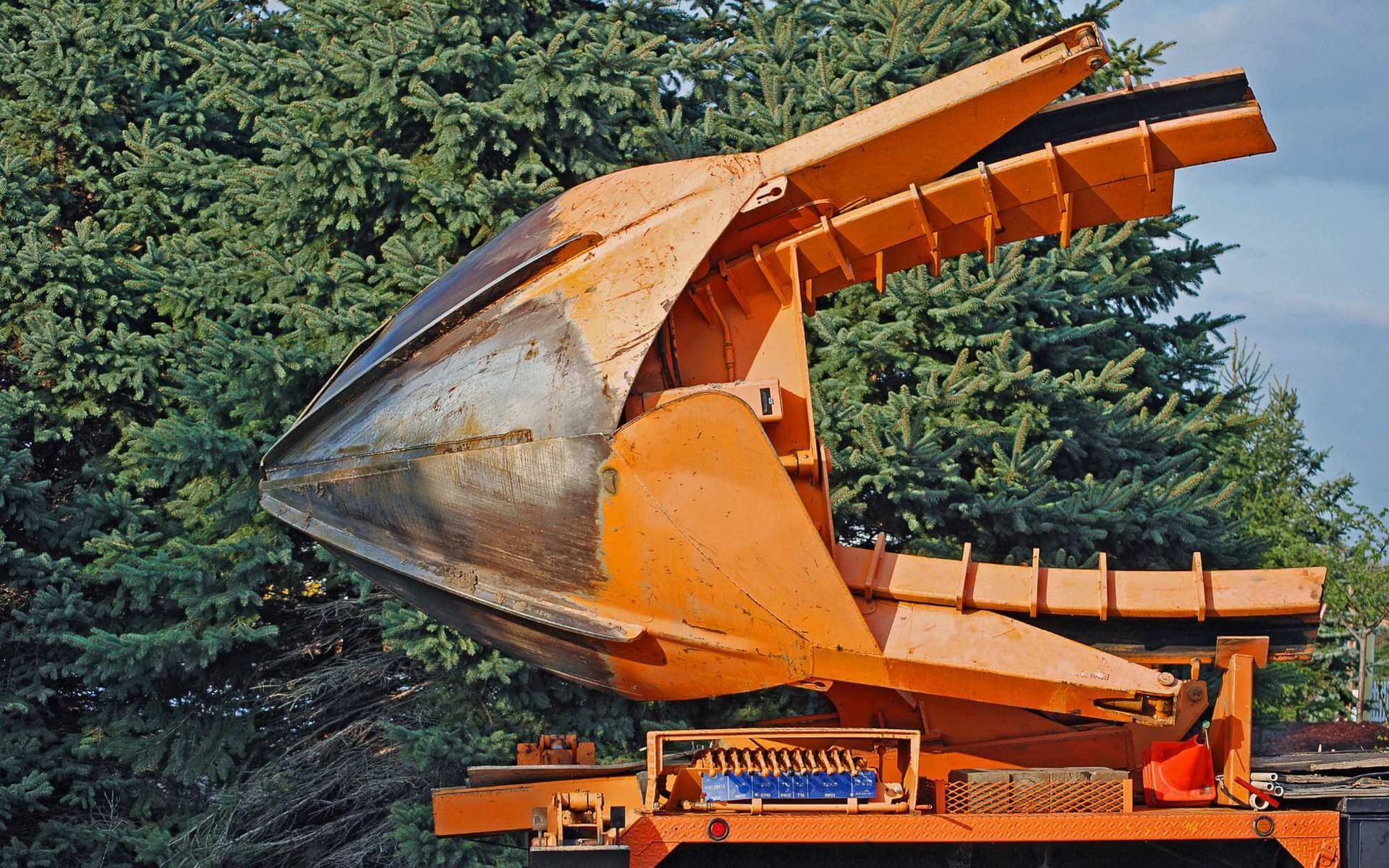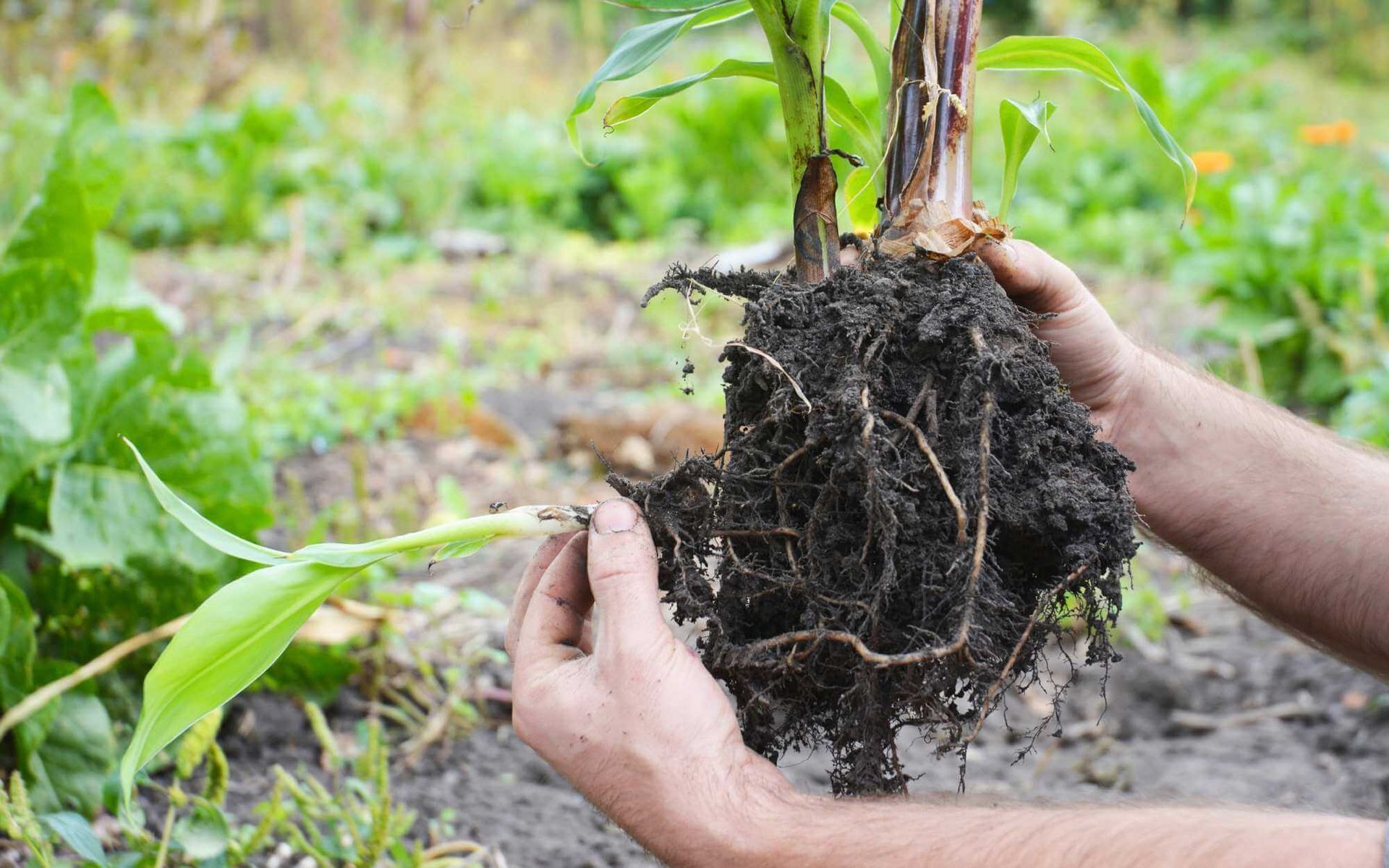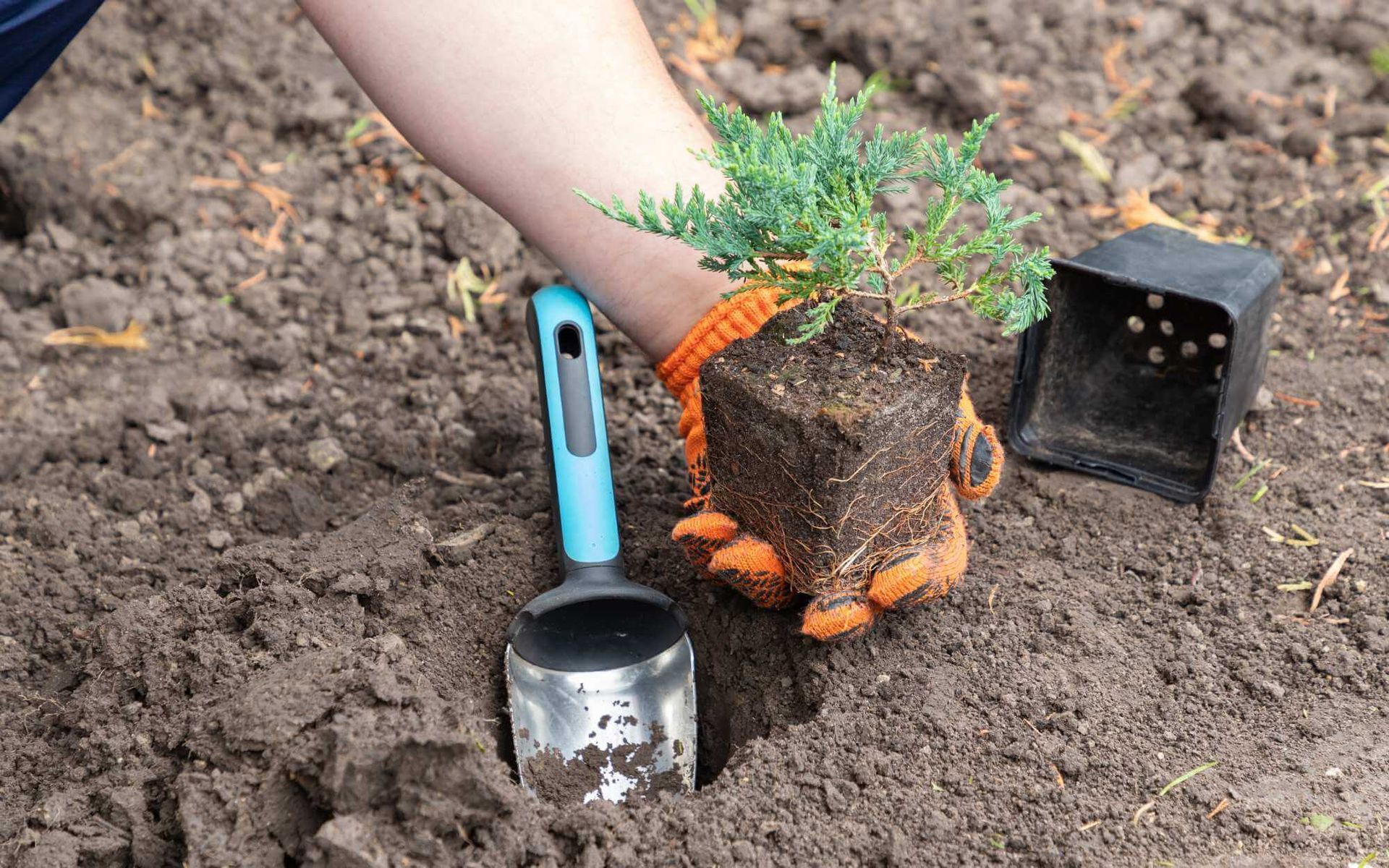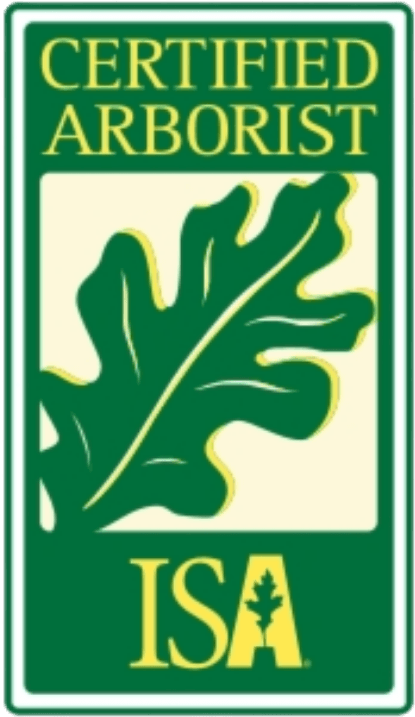Tree Growth Regulator Secrets for Height and Size Management
PUBLISHED ON
SHARE THIS ARTICLE
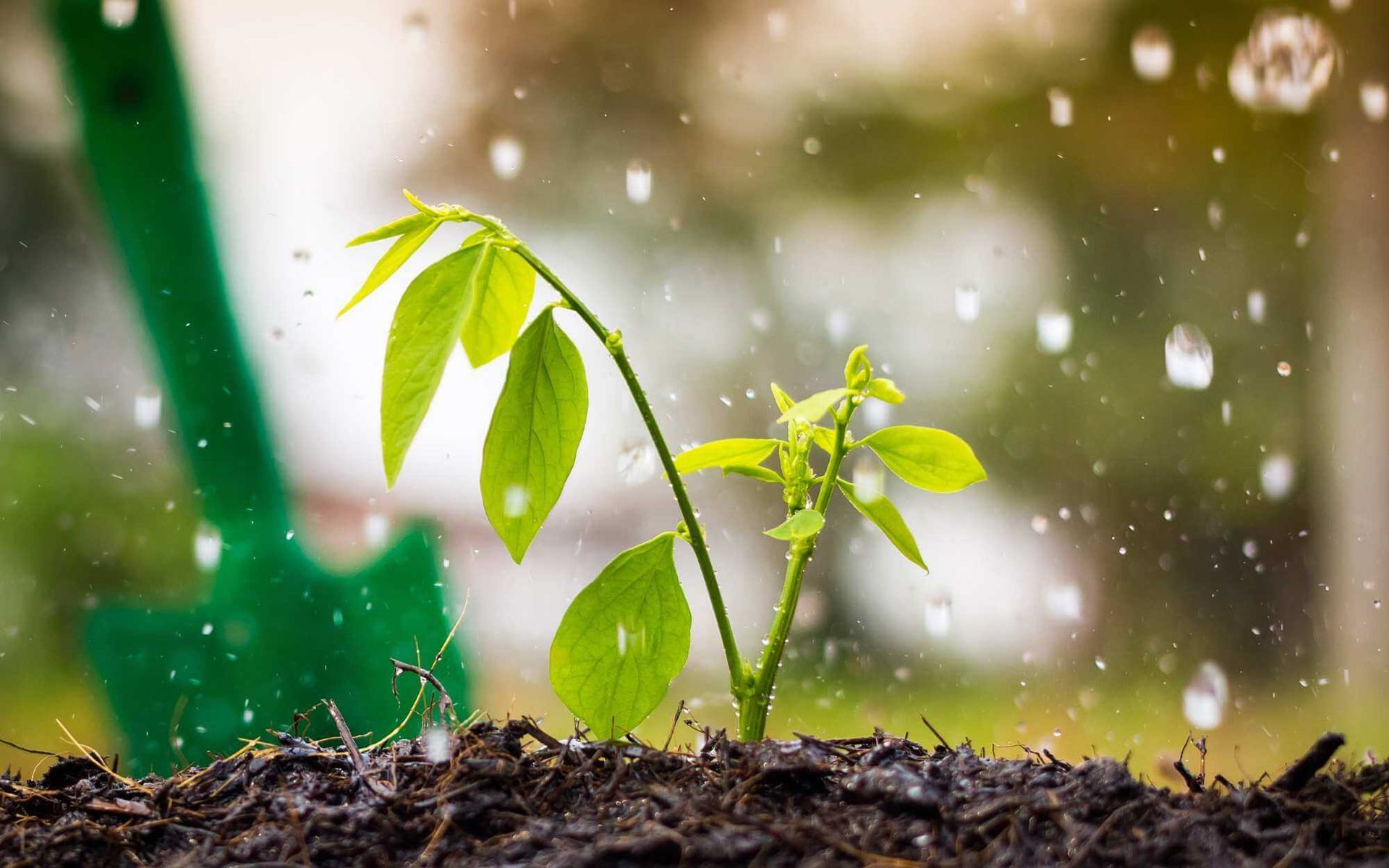
Welcome back to another blog post exploring the fascinating world of tree growth regulators!
Proper height and size management is crucial to the health and aesthetics of our leafy friends, ensuring they thrive in their environment and contribute positively to our landscapes.
Today, we'll unravel the secrets behind these powerful regulators and shed light on their significant role in
tree management.
The Concept of Tree Growth Regulators
Tree growth regulators are naturally occurring or synthetically produced substances that influence the rate of growth and development in trees by controlling cellular processes.
They manage the height and size of trees by regulating cell division, elongation, and differentiation. This control is vital for structural balance, ensuring the tree doesn't outgrow its environment.
Specific regulators, such as auxins, gibberellins, and cytokinins, even dictate branching patterns and the width of the trunk.
Understanding and using these regulators effectively can lead to healthier, aesthetically pleasing trees that coexist harmoniously in their ecosystem.
Benefits of Height and Size Management
Effective management of tree height and size bolsters tree health and vitality, as it ensures efficient nutrient distribution, promotes robust growth, and reduces susceptibility to diseases. Moreover, it curtails the risk of injury or property damage from falling limbs, enhancing safety.
A well-managed tree also enhances aesthetics, contributing to the overall visual appeal of the landscape. The use of growth regulators can result in trees with a balanced structure, pleasing form, and vibrant foliage, transforming them into eye-catching features in any garden or park.
Tree growth regulation plays a pivotal role in both tree health and landscape aesthetics.
Techniques for Height and Size Management
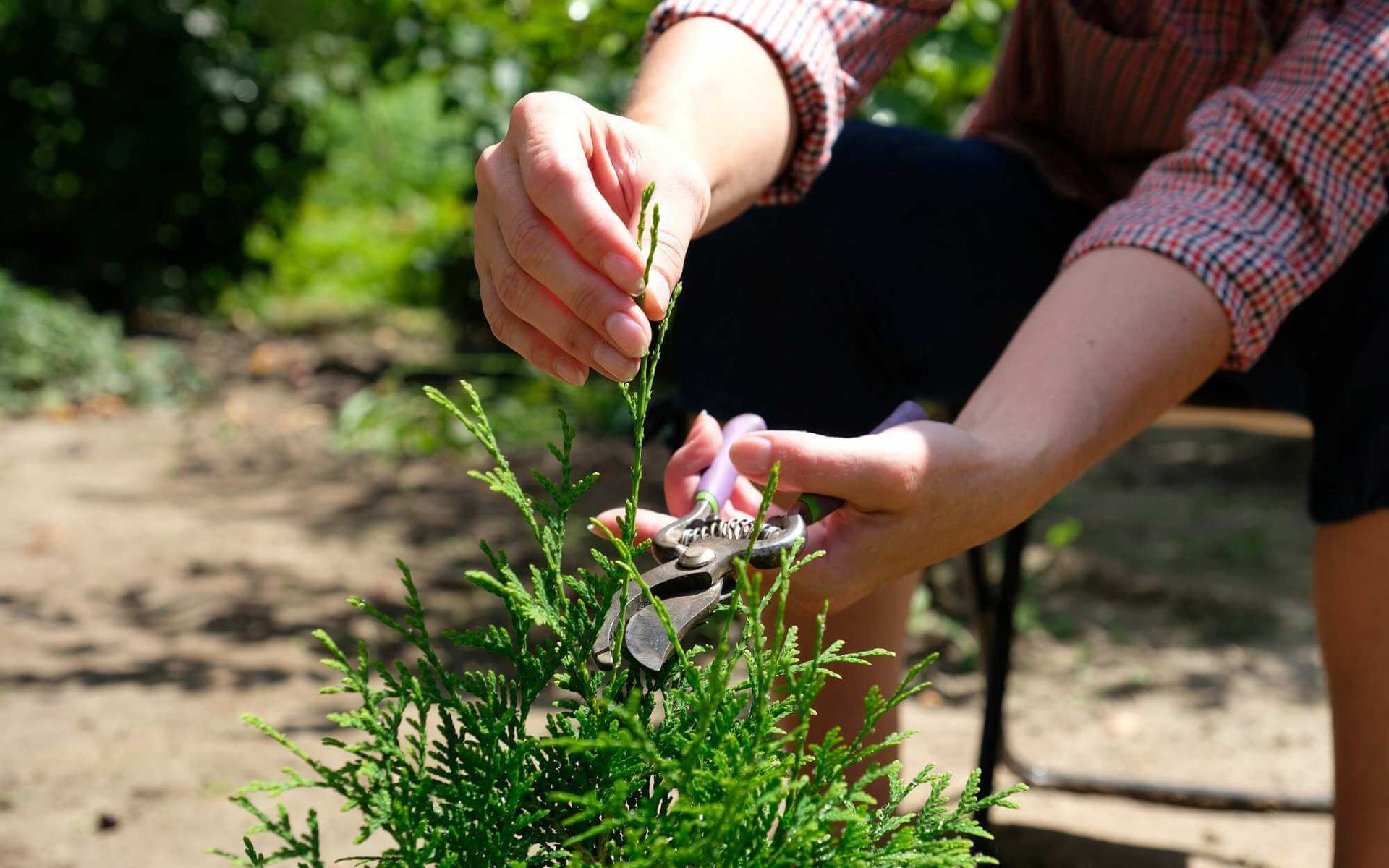
Height and size management of trees involves several key techniques, including pruning, proper spacing, and corrective training.
Pruning and trimming methods are essential for maintaining optimal tree health and form. These techniques involve the careful removal of dead, diseased, or overgrown branches, promoting vibrant growth and improving overall tree structure. Pruning can also direct the tree's growth pattern, ensuring balance and symmetry in its form.
Proper spacing and planting strategies are crucial for managing tree size. This involves planting trees at appropriate distances to allow adequate room for new growth and prevent overcrowding. It also includes choosing suitable planting locations considering the mature size of the tree, its root system spread, and sun requirements.
Corrective training and staking techniques are used to guide the growth direction and form of a young tree. Staking provides temporary support to newly planted trees, helping them grow upright and preventing wind damage. Corrective training includes techniques such as bending, tying, or propping branches to influence their growth direction, leading to a more desirable tree shape.
Choosing the Right Tree Growth Regulator
Selecting the right tree growth regulator necessitates considering factors like tree species, health, and desired growth pattern.
Each regulator has different effects, so understanding their functions is crucial. Auxins, for instance, promote tree root development and are used in rooting compounds.
Gibberellins control stem elongation and can be used to increase tree height, while cytokinins promote cell division and lateral growth. Ethylene regulates senescence and abscission.
Synthetic regulators like paclobutrazol reduce shoot growth and increase root growth, enhancing drought resistance.
Effectiveness varies; comprehensive knowledge of the tree and the regulator's action is key to successful height and size management.
Application and Safety Guidelines
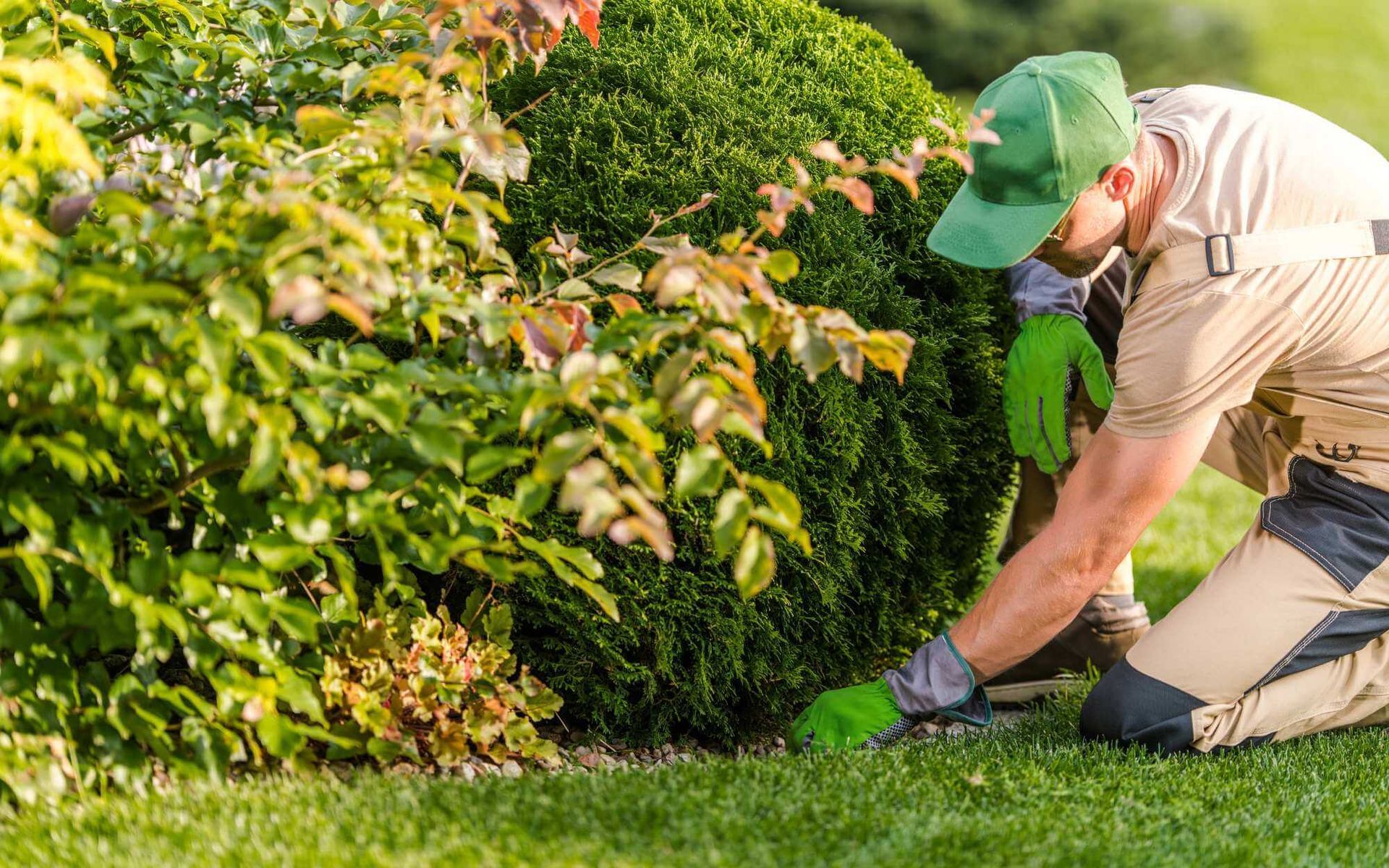
When applying plant growth regulators, it's essential to follow the manufacturer's instructions closely.
Generally, these substances are applied as soil drenches or injections into the trunk. The application rate should be based on the tree's size and species to ensure effectiveness and avoid harm.
Safety goggles and gloves should be worn during application to protect against potential skin or eye irritation. Avoid application near water sources to prevent contamination. It's also crucial to store these substances out of children's and pets' reach.
Remember, professional arborists can provide expert application and safety guidance to ensure optimal results.
Manage tree height and size with growth inhibitors!
Manage your tree's height and size effectively with tree growth regulators. They enhance tree health and aesthetics while reducing disease susceptibility and safety hazards.
Understand your tree's needs, select the proper regulator, and follow safety guidelines for application. Explore new ways to improve tree care and transform your landscape today.
Need assistance? Don't hesitate to call our
tree growth regulator experts for guidance!
Want a free quote or some friendly advice? Call our team today:
